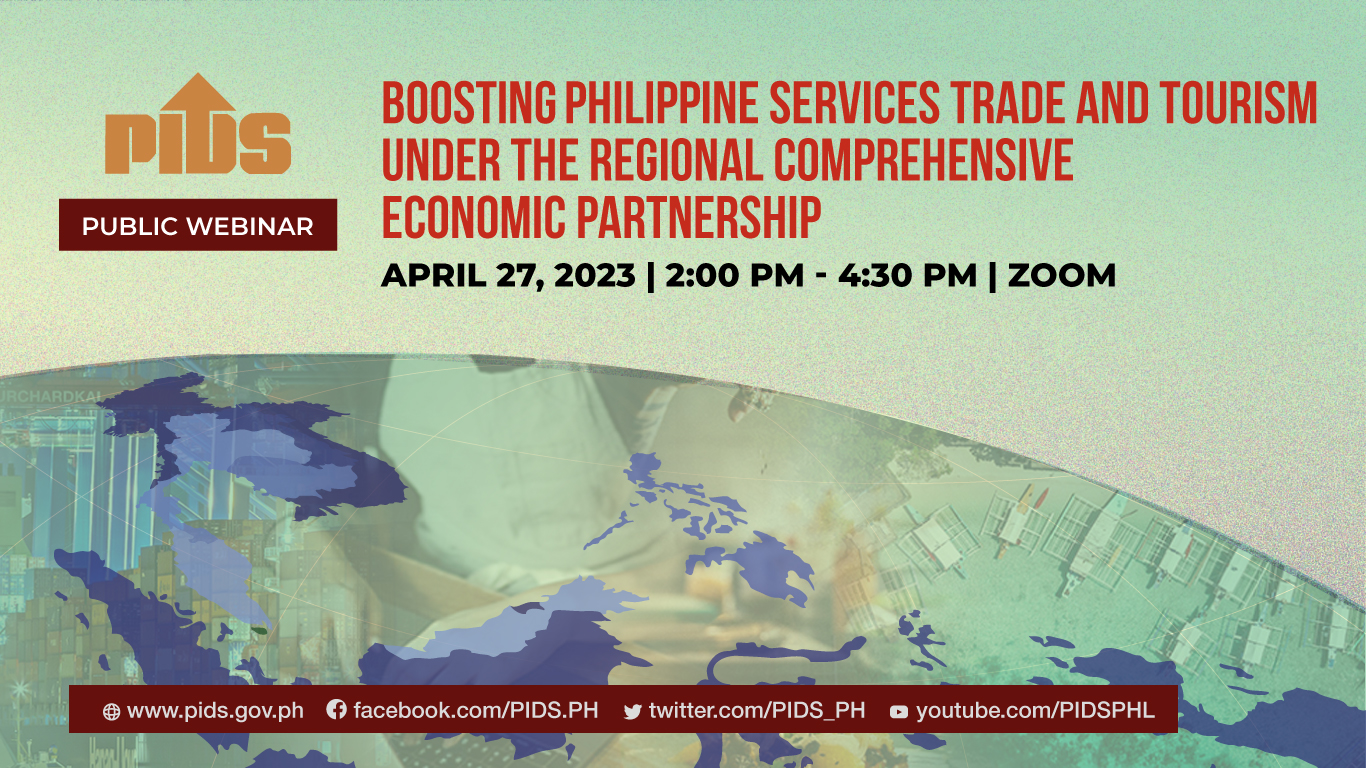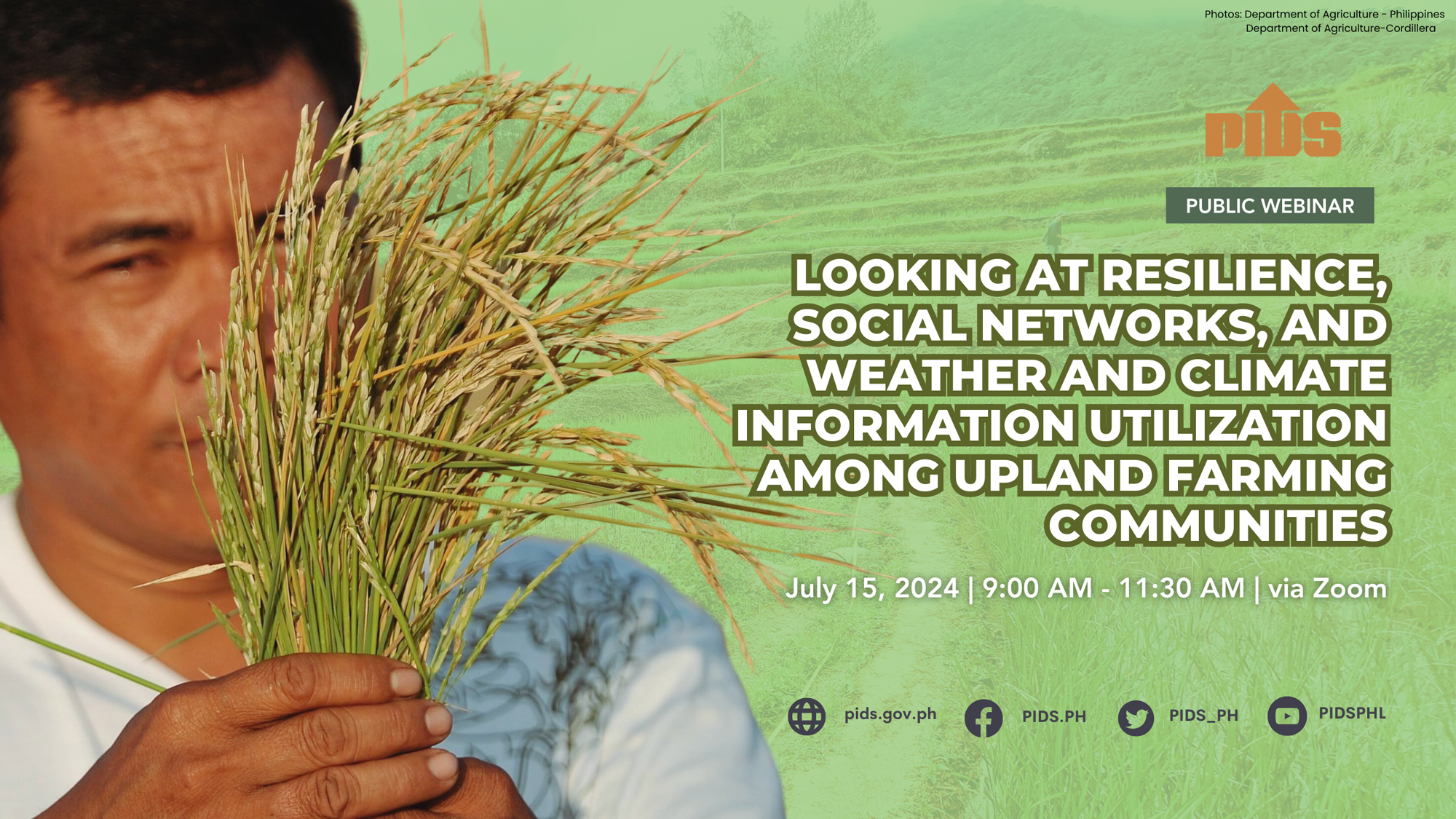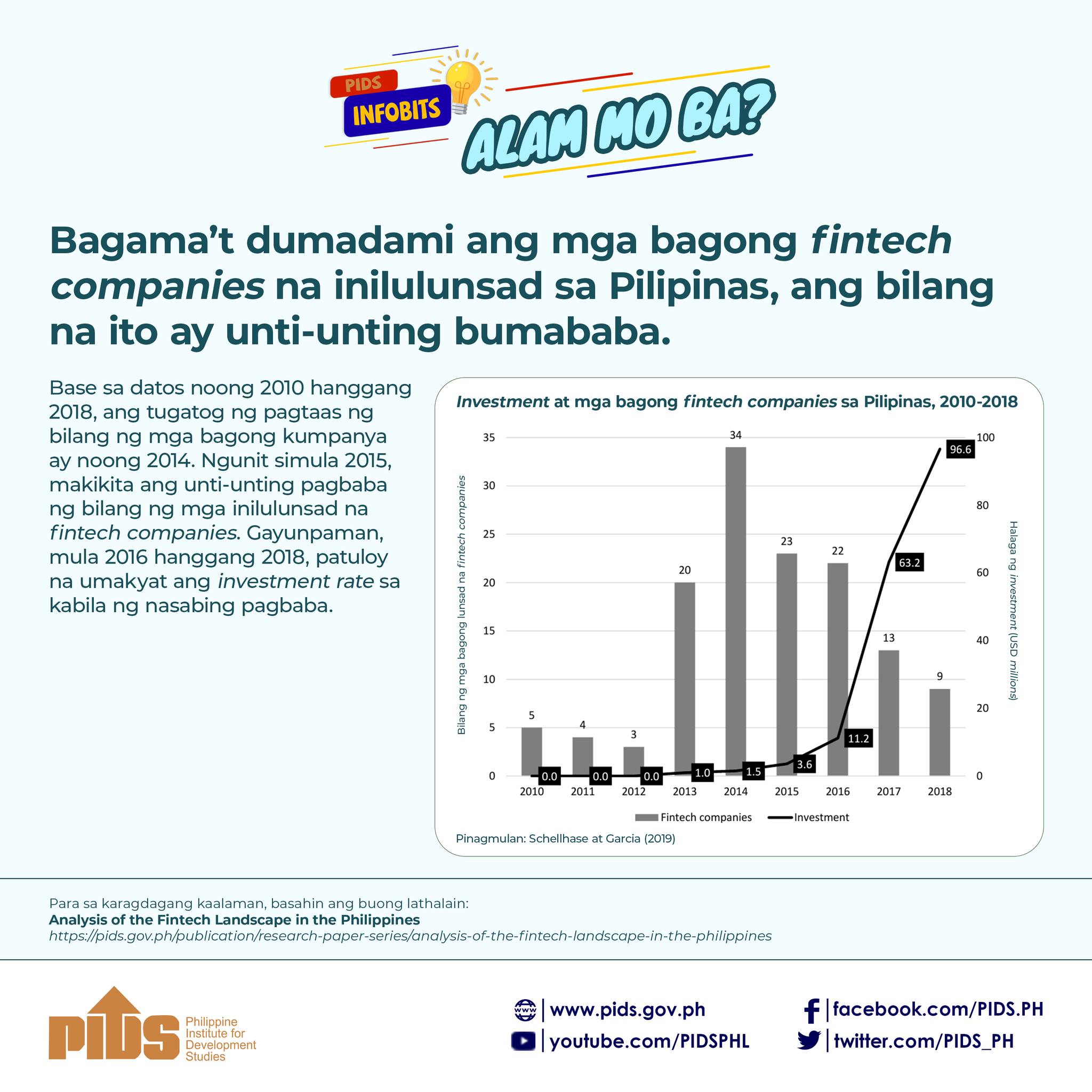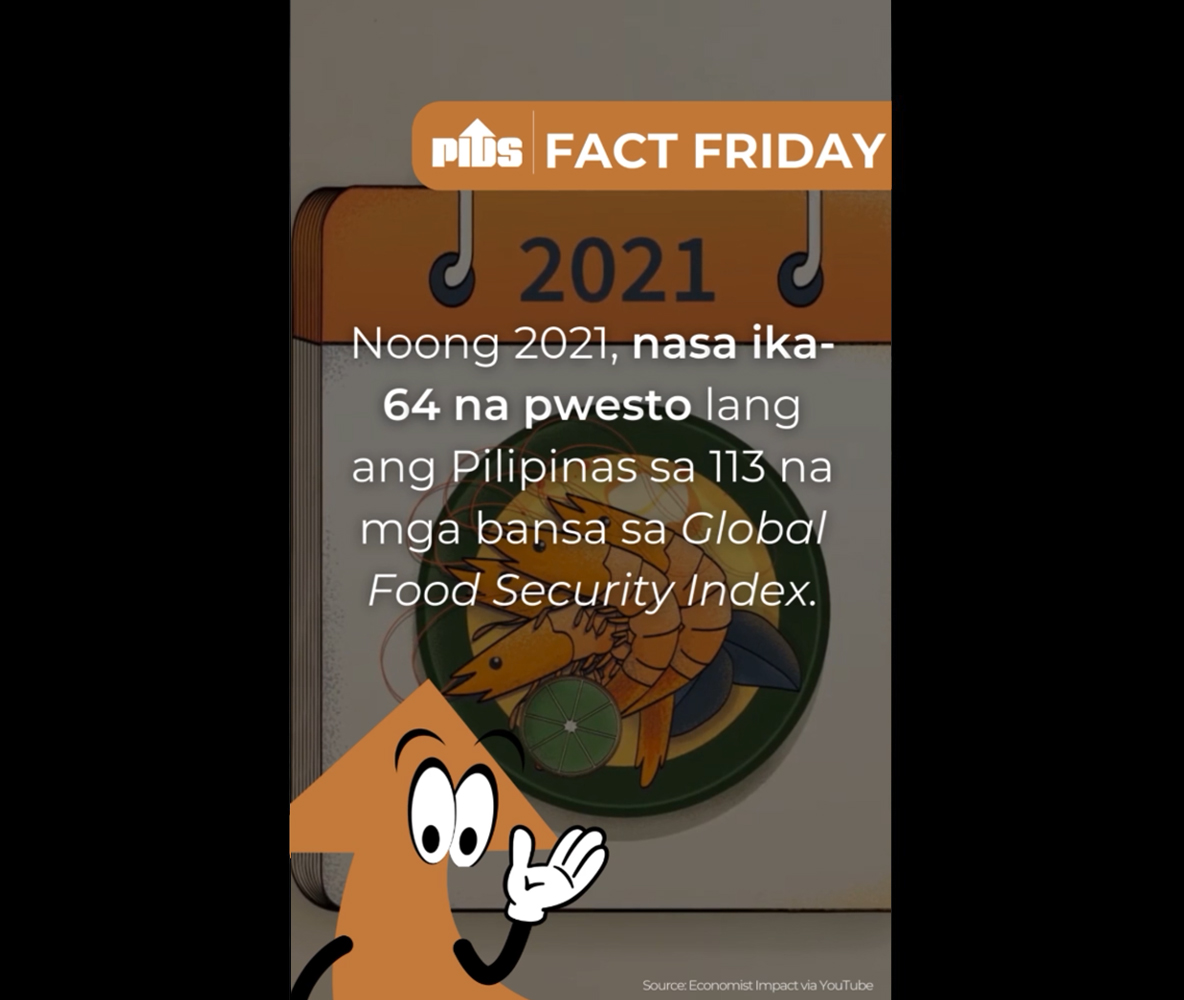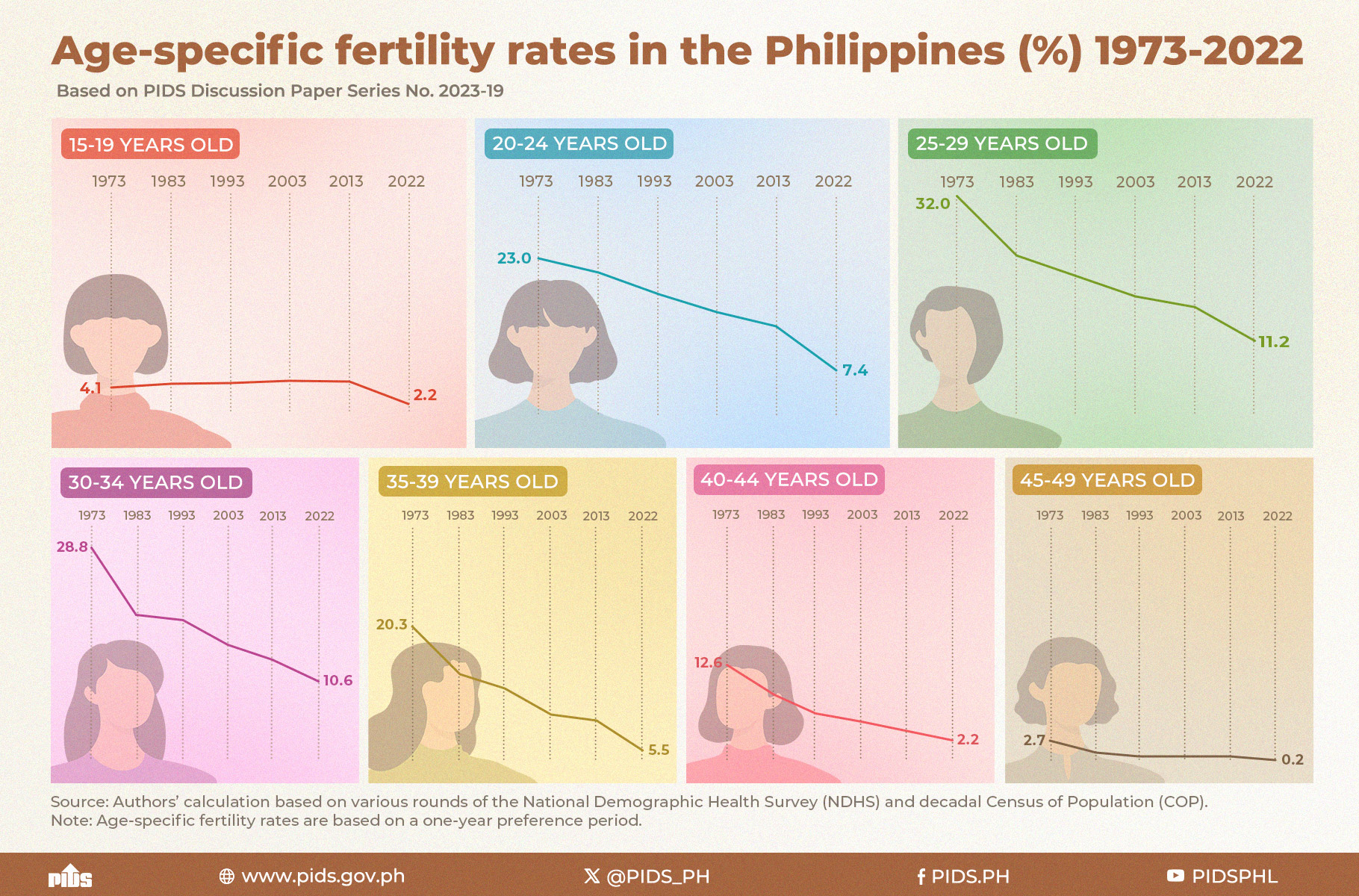The utilization rate of the country’s free trade agreement (FTA) under the Philippines-Japan Economic Partnership Agreement (PJEPA) is “alarmingly low” at 16.6 percent, a study published by the Philippine Institute for Development Studies (PIDS) said.
Citing various studies, authors Francis Mark Quimba, PIDS senior research fellow; Maureen Ane Rosellon, PIDS supervising research specialist; and Sylwyn Calizo Jr., PIDS research specialist said the low FTA utilization rate can be attributed to factors such as lack of information or knowledge about FTAs, procedural delays, administrative and compliance costs and availability of other incentives schemes.
Enforced in December 2008, the PJEPA is the Philippines’ first bilateral trade agreement. It is undergoing review after about a decade of implementation.
The authors said it is essential to maximize this trade agreement as it will pave the way for negotiations of subsequent trade agreements.
To address this, the study called on the government to ensure that importers have all the available information related to importation under PJEPA and all the other FTAs, especially the micro, small and medium-sized importers and those in rural areas.
The authors noted this might be a challenge for the government due to limited resources, thus recommending that it partners with business groups and organizes information sessions and workshops to specifically increase the capacity of importers to utilize FTAs.
They also suggested revisiting FTA agreements to pursue further tariff reduction in goods that still have room for tariff reduction.
Moreover, the study found that the Asean FTA and Asean-Australia-New Zealand FTA have higher utilization rates for some of the country’s import partners. The authors said it would be wise to compare them with PJEPA to identify strategies that can improve the latter’s utilization.
The Philippines has nine FTAs, both bilaterally and as a member of the Asean.
The study also noted the need for continuous monitoring of these trade agreements’ utilization. However, with data only available for three years, the authors said government agencies should continuously work with the Philippine Statistics Authority and the Tariff Commission to process the importation data vis-à-vis tariff data.
“This indicator should be closely monitored as it is the first indicator measuring the benefit from FTAs,” they said.








